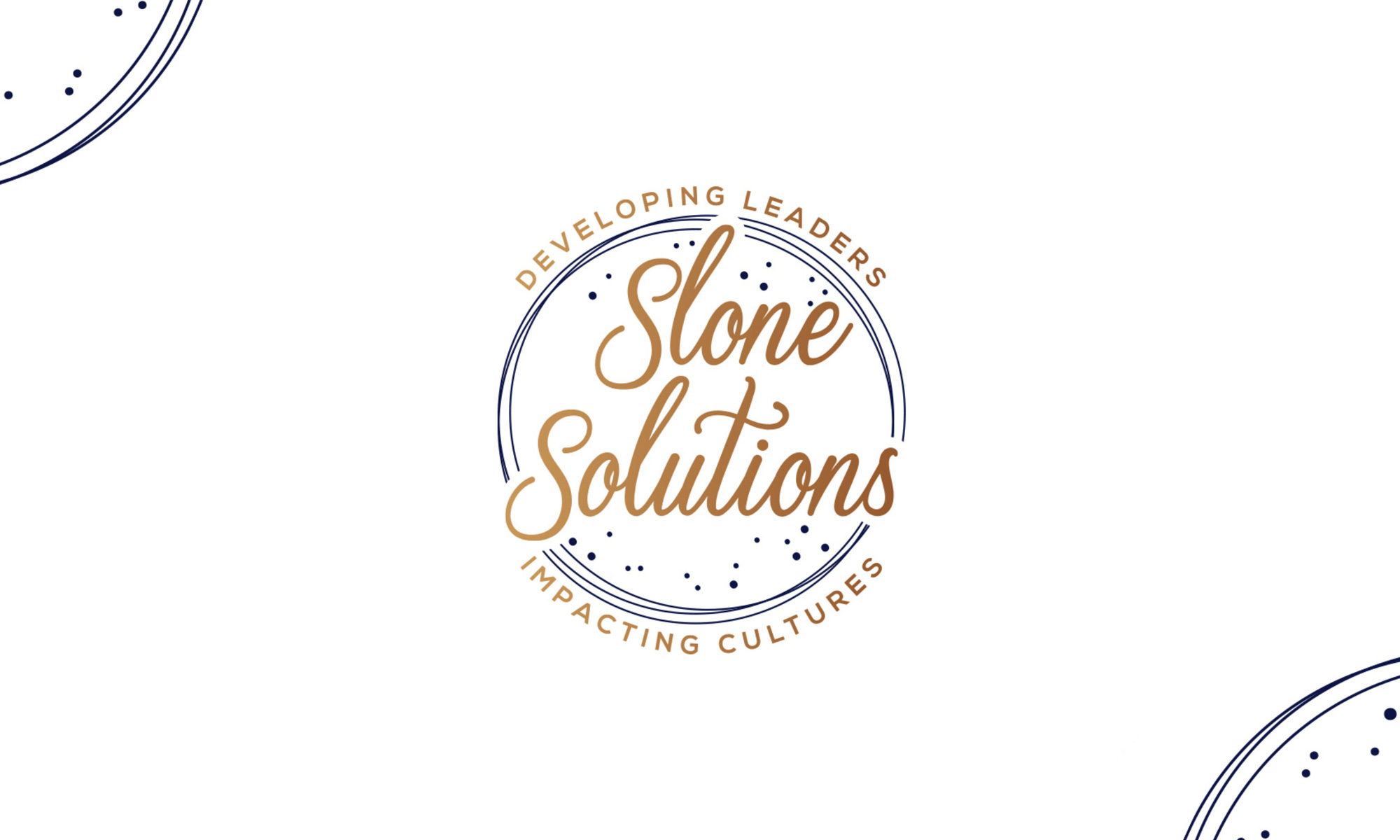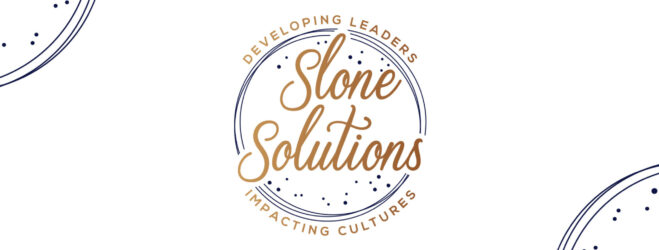Too many thank you’s?
 In this season of thanks, and with the hustle and bustle of the holidays upon us, a conversation on customer service and customer service expectations should be addressed. We share stories about our customer service experiences when it’s surprisingly amazing or when our experience goes horribly wrong. We retell our encounters to friends and family and post our reviews online and throughout social media. We speak in awe over the amazing heart felt interactions of exceptional staff or relay our bafflement over the lack of common sense and insight of staff who simply do not care.
In this season of thanks, and with the hustle and bustle of the holidays upon us, a conversation on customer service and customer service expectations should be addressed. We share stories about our customer service experiences when it’s surprisingly amazing or when our experience goes horribly wrong. We retell our encounters to friends and family and post our reviews online and throughout social media. We speak in awe over the amazing heart felt interactions of exceptional staff or relay our bafflement over the lack of common sense and insight of staff who simply do not care.
Recently during a live chat with an online customer service consultant (Can you tell where this conversation is headed?), every single response to my comments began with “Thank you, Holly.” (not what you were expecting was it?) The experience made me wonder; in a world of inconsistent customer service, is there such a thing as too many ‘thanks you’s’?
I was on line with a tech company because the heart rate monitor on my device was no longer working after two months of ownership. It was gifted for my birthday. It could still tell time, and perform basic functions, yet the essence of having this particular watch and the accuracy of calories burned were all impacted by the heart rate monitor function. I had attempted to call their 800 number for support, but the endless circle of options and selections for pressing 2 or 3 to speak to a specialist became ridiculous. After 10 minutes of pressing 2, and eloquently speaking my request for “AGENT” and then hearing, “I’m sorry, I didn’t get that,” I opted for the online chat specialist.
The specialist became available after two minutes of waiting. This time frame was the exact estimate the queue provided. (Client expectation met.) The initial hello and thank you for reaching out was appropriate. The agent introduced herself and then asked how she could be of service. I responded with a friendly salutation and provided a brief description of my challenge; something along the lines of “Thank you for helping. My watch is two months old and the heart rate monitor is not working.”
The agent responded with, “thank you for telling me this Holly.” The agent then asked the make and model of my device. Once provided, the agent again responded with “thank you for this information Holly.” I was beginning to see a pattern to this company’s customer support. Every…. single…. chat began with ‘thank you.’ As a consultant who specializes in client engagement, I continued on intrigued to see how far the ‘thank you’ would continue in the process.
Although from my perspective this was an obvious warranty issue, what followed was an inquisition, several hoops to jump through, and multiple steps to reboot the device to verify the gadget’s guarantee. At every step, the agent’s reply began with ‘thank you’. By the 8th thank you, it became awkward and irritating, and it read as disingenuous. The responses suggested that this company followed a set process for client responses. It also implied the team did not consider how the response could escalate client frustrations when providing service recovery.
Often, the reason we connect with customer service through a live chat or call center is because there is an issue. We have questions about product use, its malfunction, lack of parts, or billing. I advised the customer service agent during our chat that although I appreciated her thank you’s I would be more appreciative if she deviated from the process because I was finding it frustrating. I explained, “I know it’s part of your process, and I know you’re doing your job. All I need is one or two.” Kindly, the agent complied.
For myself, too many ‘thank you’s’ is the equivalent of repeating someone’s name too often when you first meet them to remember it. “Great to meet you Ted. Ted, how’s your day? Thanks for coming Ted. Are you enjoying yourself Ted?” It doesn’t sound right. Intermittent use is always best.
Happily, the process and interaction eventually resulted in a device replacement. Although in hind sight, I think the little bubbles that show that the agent is typing were a tad longer as she was habitually typing ‘thank you’ and had to go back and delete it before hitting send on the chat. A survey requesting “how did we do” immediately followed. The same comments I communicate to the agent were provided in my survey. I hope they are reviewing their response processes.
In the hospitality industry, any complaint or guest concern is considered a gift. A client, guest, or customer communicating suggestions for any process improvement is an opportunity for dialogue and service recovery. Clients who leave a hotel, restaurant or venue who do not communicate their service frustrations during their experience are more likely to share their poor service experience to friends or post poor reviews on social media.
Just as there are countless avenues for one to express their satisfaction or lack thereof for a guest encounter, there are a multitude of organizations tracking your feedback for measurement on your experience. JD Power and Associates is known for measuring customer satisfaction and suggests, “It (customer service) is a moving target. You never get to declare victory.” This global marketing services firm is considered the expert on measuring client satisfaction including: how a client responds to frustrating experiences, how soon a client will shop the competition and how soon a client will defect entirely from shopping your brand.
Every business is trying to master the art of client engagement. Think back to your last purchase of anything. Was there a survey at check out? The challenge is that expectations grow faster than our ability to meet them. And sometimes, we simply have the wrong processes or training in place to provide the very satisfaction the client needs. If your business provides any essence of customer service, know that it’s not too late in the season to have this critical conversation with your team. Focus on the client. Give eye contact. Acknowledge and say, “Thank you for your patience,” if it’s a long line. Do what’s right.
If a consumer, preparing one’s mindset prior to venturing out to the world of commerce can also contribute to one’s experience. The retail industry during the holidays is brutal. In our hurry and hustle and bustle to get through traffic, there will be moments of frustration, irritation and disbelief. Traffic will be heavier. Lines will be longer. Your personal space will be invaded. Try not to berate the retail associate for their lack of engagement. Maybe it was poor training. Maybe, like yourself, they are tired and having a bad day. Be kind to those cashiers working minimum wage while you shop. They are working to support their family holiday too.
No matter your part this holiday season, whether shopper or customer service associate, let’s all remind ourselves to step back and remember why we celebrate. Look around and find joy and wonder in the season. And (shameless business plug to follow) if you find they really need help, pass along my name.
Slone Solutions, LLC
Impacting the Client Experience from the Inside Out

